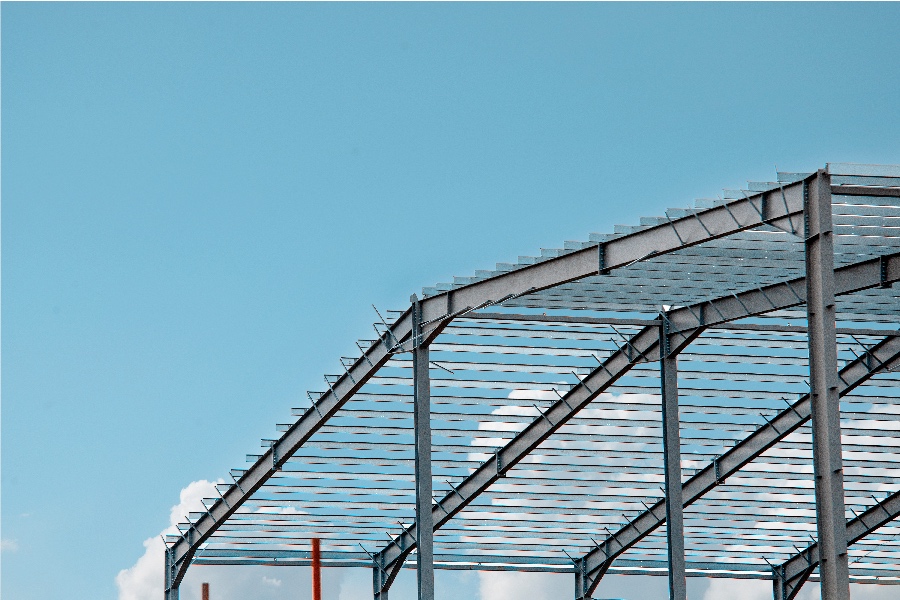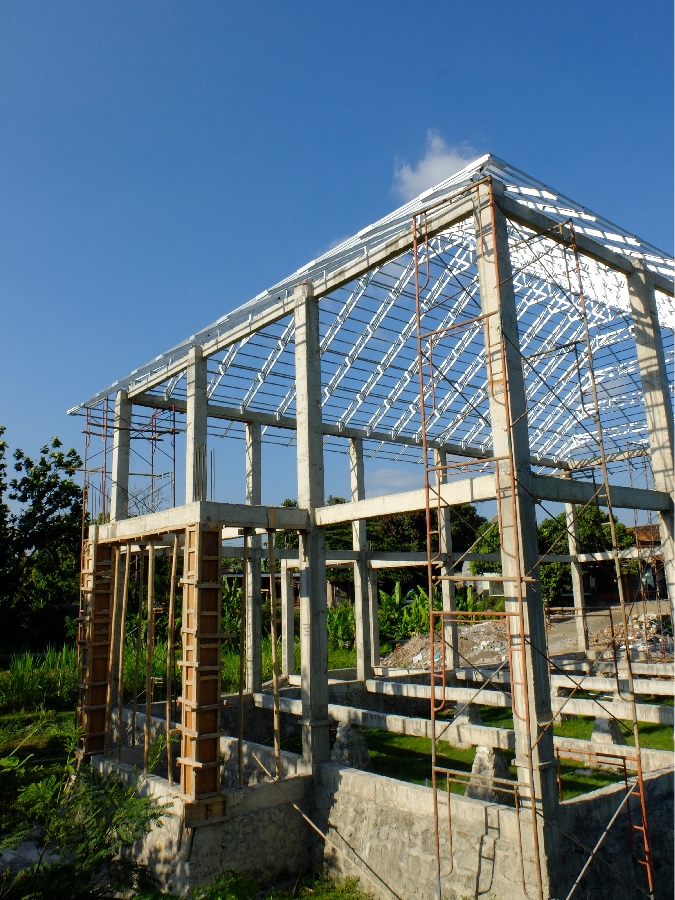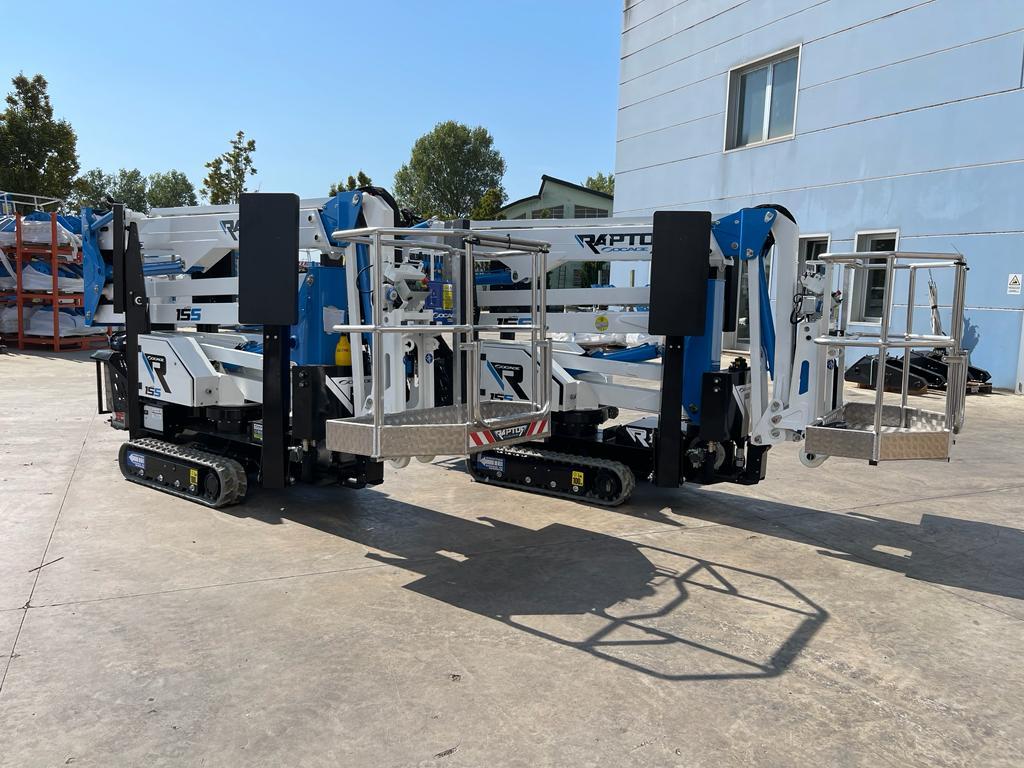Last updated on
Steel fabrication is a process that involves forming and assembling steel components to create structures, machines, and products.
It is an essential part of many construction projects as it can help reduce overall costs by using high-quality materials designed for specific purposes.
Steel fabrication also allows for greater precision when constructing buildings or other structures, as the various processes used in the process, such as welding and cutting, enable very precise results.
In this blog post, we will look closer at the benefits of utilizing steel fabrication for building projects, including how it can help reduce costs while ensuring quality workmanship.
What's Inside
The Concept of Steel Fabrication and Its Benefits

Steel fabrication involves the construction of structures and components from raw materials such as steel, aluminum, copper, brass, and other alloys.
This process creates items as diverse as bridges, buildings, piping systems, heavy equipment parts, and cranes. By depending on steel fabrication rather than constructing structures from individual pieces of steel, engineers can be more accurate when designing the structure. They can create superior products more quickly with less waste.
Steel fabrication is used in the automotive industry to produce car frames and many other components. For example, pressurized air tanks used in aircraft production are made through steel fabrication.
Steel fabrication is also widely used in industrial and railway construction because it has several advantages over traditional approaches, such as cost efficiency, hard-wearing materials that provide greater strength and durability, and improved finish quality due to higher levels of testing during the process.
In short, improvements in accuracy and speed are just some of the benefits of steel fabrication.
How Steel Fabrication Can Help to Reduce Overall Costs in a Building Project

Steel fabrication can be an invaluable tool for reducing costs in a building project. As steel is a highly recyclable material, the need for maintenance is low, and the cost of repairs is almost non-existent.
Moreover, steel construction requires significantly less labor when compared to its brick-and-mortar counterparts, allowing builders to secure more significant savings while still achieving a high quality of work.
What’s more intriguing is that during fabrication, many standard modules can be designed as part of the process, thus minimizing duplicative efforts.
Ultimately, builders can finish projects faster and at a lower cost, thanks to the endless range of benefits that steel fabrication offers.
Advantages of Using High-quality Materials for Your Construction Projects
Utilizing high-quality materials for your construction projects can be one of the best investments. This ensures that your projects will stand the test of time and increases their value and appeal.
High-quality materials are more durable and require less maintenance over the years. Plus, they are aesthetically pleasing and can really help to showcase a professional finish. In addition, using quality materials can improve efficiency and reduce overall construction costs—leading to higher profits in the long run!
All in all, when it comes to construction projects, using high-quality materials is a no-brainer.
The Types of Processes Used in Steel Fabrication
Steel fabrication is a crucial process in metalworking and manufacturing, allowing for creation of any number of structural or artistic objects. Those working in this field use a variety of processes, such as welding and cutting, to produce the desired result.
Welding involves joining two pieces of metal through fusion. It is a permanent solution with higher strength than other fastening methods.
Cutting utilizes tools to make straight or curved shapes in metal, including snipping with scissors or shears, grinding large areas, and sawing with specialized blades.
Despite their differences, both methods are incredibly important in steel fabrication as they permit the manipulation of raw materials into a wide range of forms depending on what is needed.
The Takeaway
Steel fabrication is increasingly becoming popular for contractors and architects looking to complete building projects.
Whether for creating frames, supports, or highly visible structures, steel can be easily fashioned into an almost limitless variety of shapes and sizes.
This blog post explored the multiple unique advantages of utilizing steel as a material for any construction project.
The metal is incredibly strong and resilient compared to other materials such as wood or plastic; it is also very cost-effective, making it easier for contractors to stay on budget.
Due to its natural properties, steel fabrication has the potential to deliver aesthetically pleasing results that are sure to stand out in any environment.
Given that the material can be customized almost infinitely depending on the needs of a specific project while still being easy to work with during all phases of construction, steel fabrication is quite attractive compared to more traditional options.




